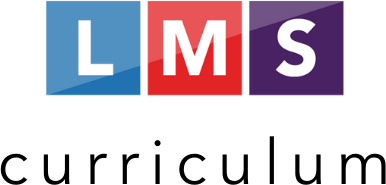For Black Children at the End of the World...
by Roger Reeves

Writing Workshop
Workshop Title: For
Step 1
Read the author’s note about the poem. Then briefly discuss the quote and its implications.
Step 2
Read “For Black Children at the End of the World—and the Beginning” by Roger Reeves. When you’re done, briefly discuss how the poem reinforces the author’s note about the piece. How is it “a turn to them, to the black children that live in America and have lived in America”?
Step 3
Say, “Think of a particular group of people who have been affected by recent events. Who are they? If you were to write a poem directly toward them (like Reeves’ poem), what advice would you offer?” Take a few minutes to brainstorm.
Step 4
Have your students compose a poem similar in sentiment to “For Black Children at the End of the World – and the Beginning” in which they write directly to a group of people embroiled in the midst of an event, happening, etc. beyond their own control.
Step 5
When the students are done, have them share their responses with one another.
Analytical Lesson
Area of Focus: Figurative Language
Step 1
If your students are not familiar with the concept of “figurative language,” go over the introductory lesson with them.
Step 2
Start by showing your students the following video to provide a bit of context to the poem they are about to read.
Step 3
Read “For the Black Children at the End of the World – and the Beginning” by Roger Reeves. When you finish the poem, ask how the two pieces (the short video and the poem) complement each other? Briefly discuss.
Step 4
Have your students open the following document and read through the introduction with them. When you are done, ask your students to briefly discuss the manner in which Reeves “accounted for, loved, [and] considered in the middle of this moment of protesting.” How does he express these feelings throughout the piece?
Step 5
Now read through the directions with your students. In this assignment, your students are going to have to organize the poem by its figurative language and determine how the contrasts work to convey the meaning of the work as a whole. When you’ve gone over the instructions, give your students time to work.
Step 6
When your students are done, have them share their responses with the rest of the class.
Step 7
If time permits, share the exemplar essay.
Essay Materials
Lesson Details
Lesson Info
Focus
- Figurative Language
Themes
- Appreciation
- Children / Youth
- Class
- Community / Culture
- Criminal Justice
- Death / Grief
- Family
- Love
- Police Brutality / Profiling
- Race / Ethnicity / Racism
- Social Movements / Protest
- Violence
- War
Literary Tags
- Diction
- Figurative Language
- Imagery
- Structure (Syntax)
- Tone
Content Warning
- Racism or Racial Slurs
- Violence
